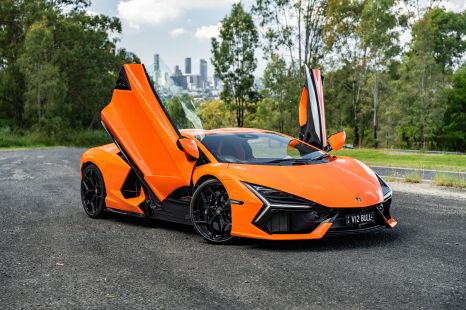

Alborz Fallah
3 Days Ago

Senior Contributor
Are you amped for the new-generation Nissan Z?
Nissan Australia managing director Stephen Lester shares the sentiment.
We sat down and talked with Mr Lester last week at the local launch of the latest Navara update, and naturally discussion shifted briefly to the Z Proto concept revealed last year.
We mentioned interest in Nissan Z-related stories has been phenomenal, prompting Mr Lester to say the responses taken in by Nissan Australia seem the same.
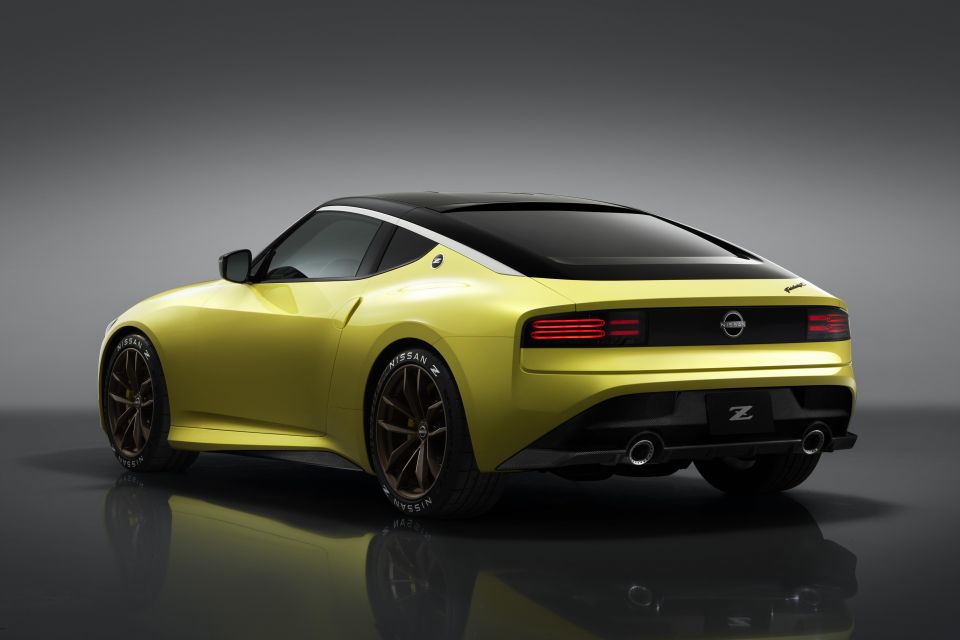
“The readers are certainly a microcosm of our consumers,” he said.
“We’re seeing as soon as we come out globally with news on Z Proto and Z in general, there’s a lot of anticipation being fed through our dealers, through car clubs, and other enthusiast avenues. You can see it on message boards, club hangouts in the digital realm, even enquiries to our call centre.
“I think for a market like Australia where performance vehicles play oh so well, that a car with the heritage that Z has is going to be an absolute rocket when it gets out here.”

MORE: Nissan Z Proto revealed
Which prompts the question of Australian timing. We don’t know when the production car – tipped to be called 400Z – will debut globally, but will our market need to wait long after this point to get local stock?
After all, the local launch of core Nissans such as the new X-Trail, Qashqai and Pathfinder will occur some time after their global reveals. The X-Trail premiered in the middle of 2020 but won’t make it to Australia until early 2022.
“We’ll do everything we can within our power,” Mr Lester responded. “We can’t build them here ourselves, but certainly… [we want it as soon as possible].

“I think with our ambitions around the vehicle line, and how well it’s historically done – even current Zed, we still have more demand coming in than some of the forecasts – this completely refreshed model is going to be even bigger.”
While not the fully-fledged ‘400Z’ production model, the Z Proto revealed late in 2020 has enough detail to tell us plenty about Nissan’s plans.
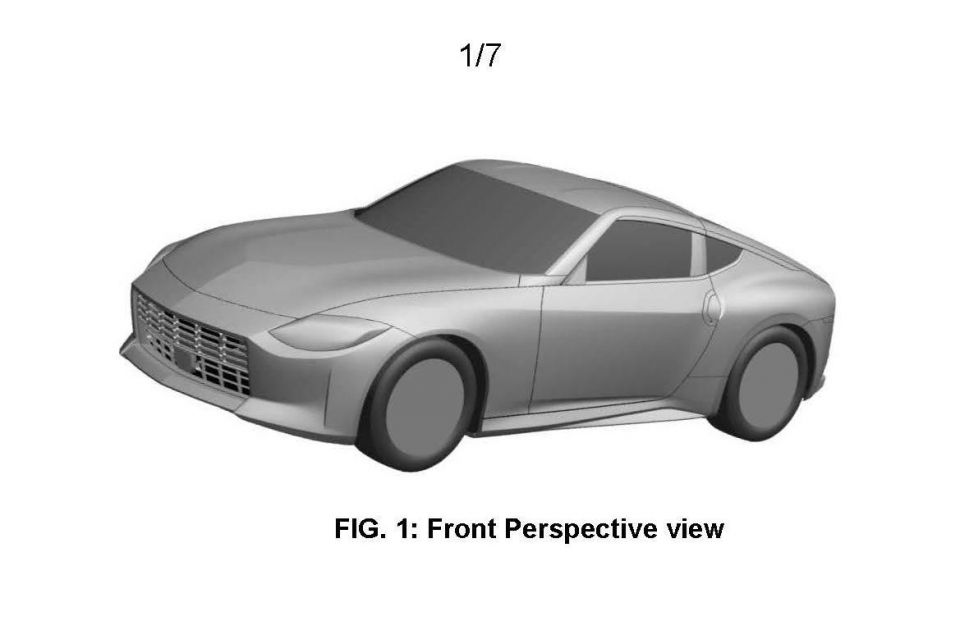
It’s confirmed the road car will sport a twin-turbocharged V6 (just like the Z32) instead of the rev-happy 3.7-litre naturally aspirated V6 used in the 370Z.
It would be no great stretch to guess the new Z uses the aluminium-block 3.0-litre V6 TT donk used in the Infiniti Q60 – potentially the 224kW base unit, but more likely the 298kW and 475Nm iteration used in the Red Sport.
The 370Z Nismo’s aspirated V6 topped out at 253kW and 371Nm.
The Z Proto also uses (thank any deity you please) a six-speed manual, presumably pinched from the 370Z since the Q60 has always been an automatic. Expect a seven-speed auto with paddles to also feature, since that’s likely to prove more popular.

Dynamically you can expect the 400Z to borrow engineering from the late-stage 370Z Nismo, since it’s likely to have an evolutionary architecture. The Nismo Z’s double-wishbone and multi-link suspension ran an increased spring rate, stiffer dampers, and more stabilisation. It should also feature torque vectoring.
The Z Proto’s interior looks more production than concept, and is clearly an evolution of the 370Z’s, with very familiar-looking circular air vents, door handles, transmission tunnel cover, and dash-top analogue boost and battery gauges.
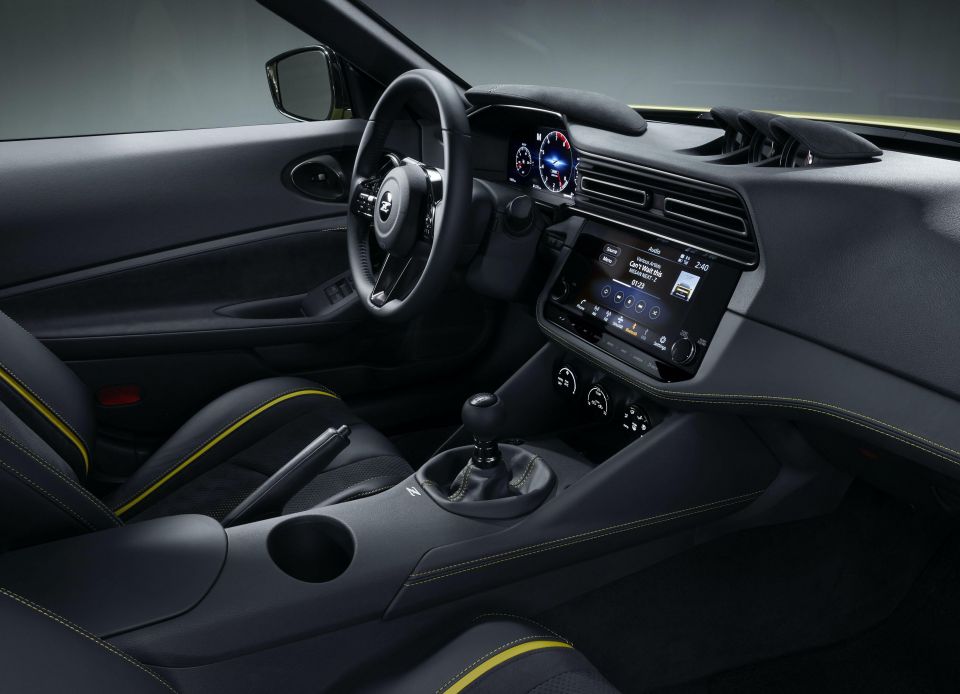
The area subject to real modernisation over the dated 370Z is obviously tech and infotainment. There’s a big centre touchscreen flanked by stitched, padded leather and suede, and a 12.3-inch digital instrument display behind the slick new steering wheel, with a digitised tacho front-and-centre.
The concept’s bright yellow pearlescent paint was chosen in tribute to a popular paint scheme on both the first generation Z (S30) and the 300ZX (Z32).
The bonnet, silhouette, and canted headlights tip the cap to the original 240Z (the 240 had round lights, but the sculpting was similarly tear-shaped), the rectangular grille looks a little like that of the 350Z concept, and the rectangular black-section tail lights hark to the Z32.
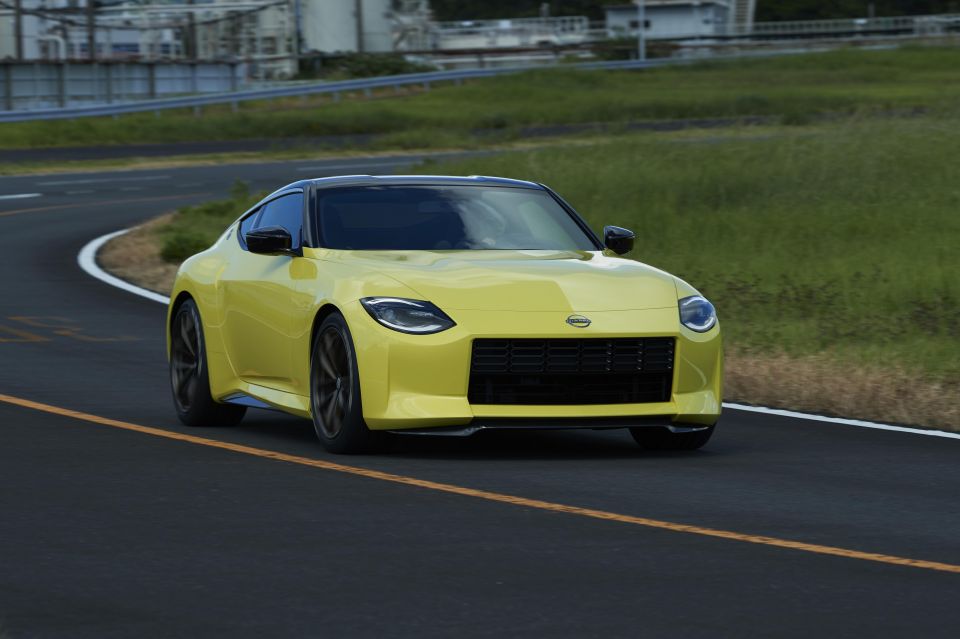
In terms of dimensions, the Z Proto is 4382mm long, 1850mm wide, and 1310mm high – that’s 52mm longer than the outgoing 370Z Nismo, 20mm narrower, and 5mm lower.
Take advantage of Australia's BIGGEST new car website to find a great deal on a Nissan.


Alborz Fallah
3 Days Ago


William Stopford
3 Days Ago


James Wong
3 Days Ago


Damion Smy
1 Day Ago
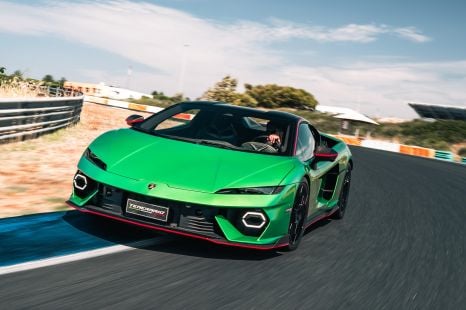

Alborz Fallah
1 Day Ago


Max Davies
1 Day Ago